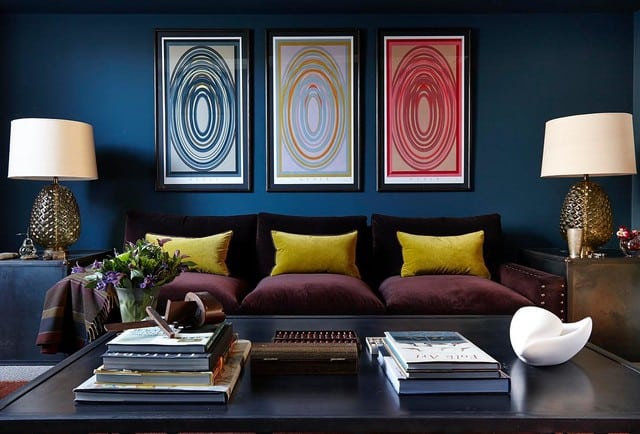Have you ever stopped to think that it is increasingly common for houses, offices, apartments, and the famous “studios” to have a more restricted space? However, small spaces are also present in higher footage properties. And when painting small spaces, do you take this characteristic into account?
There’s a secret I’m going to reveal to you now: did you know that there are the most suitable colors for painting small spaces and, with that, giving the environment a sense of spaciousness? If you suspect, doubt, or have restrictions, we invite you to follow today’s post here on this website.
As usual, we consulted our specialists, Doctors in paints, to show you how it is possible to increase the perception of space in your environment by using the right colors when painting small spaces. Follow everything below!
- Best Colors To Paint Small Spaces: Lightness And Spaciousness For Your Rooms
Magic? Almost that. There are several tricks you can invest in to make that tight environment gain more space. We can say that it is about the magic of colors. The best colors to paint small spaces promote, in addition to the spaciousness, lightness to the rooms of your property. In addition to this aspect to space, it is always worth remembering that colors have their respective meanings. Want to know what tones you can opt for? What about accessories? Can they help too? Continue reading and find out below about wallpaper removal service.
- Enlarge Small Spaces
Designers, architects, and other experts agree that the best way to expand small spaces is through painting and using certain specific colors. No breakage and dirt, reforms, etc. It may even seem like a dream, but below, you’ll see it’s entirely possible.
Before painting, though, some other tips will optimize the local amplitude; take note:
- Use mirrors: when investing in installing mirrors in environments, whether in the bedroom, living room, hallway, etc., the reflection can increase the amplitude of the environment
- Prefer transparency: glass and acrylic items also help to give a feeling of more space
- Lighting: use and abuse windows and light fabric curtains, which give the place a higher lighting
- Furniture: prefer glass-topped and round tables
- Sliding doors: take up less space
- Colors To Paint Small Environments
The “general” tip to give space to smaller spaces is always to choose lighter color tones. However, there are some tricks to this choice. For example, before choosing a paint color, look at the floor color in the room. Is it a more discreet color? If you answer yes, you can fearlessly invest in white paint, for example. Now, let’s assume that the floor is dark, and full of details; what to do? Have you ever thought about the possibility of using a plain, light-toned rug to cover?
- Wall Colors And Amplitude
Painting the walls is an art. To paint the walls in a way that expands the space, you need to know the perfect colors.
So, the tip is this:
Opt for neutral colors and tone-on-tone combinations if you are in a restricted environment. Light orange, beige, white, and light shades of gray; in short, everything that is neutral and light in terms of colors is welcome to optimize the space.
Another important tip:
Highlight only one of the walls. For example, a very light-yellow wall faces the window, and the rest is white. With that, you gain in lighting and, of course, in space.
- Accessories And Curtains Are Also Important
If you think: “Wow, my house is so clean, it’s more like a hospital,” we have a tip that will help change the face of the environment without compromising the space. Did you know that you can, for example, bet on more intense colors in the accessories of the environment? This breaks up the monotony without jeopardizing the space issue.

